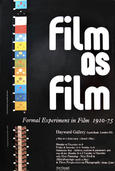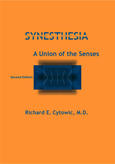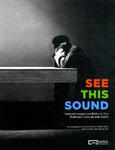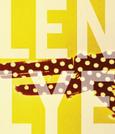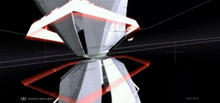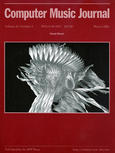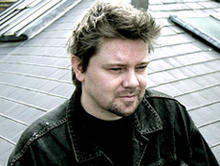Audio-Vision: Sound on Screen
(1994)by Michel Chion reassesses audiovisual media since the revolutionary 1927 debut of recorded sound in cinema, shedding crucial light on the mutual relationship between sound and image in audiovisual perception.
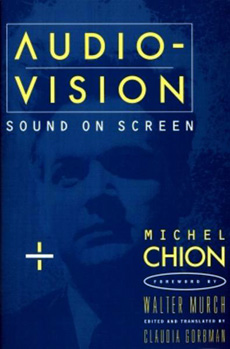
Edited and translated by Claudia Gorbman, with foreword by Walter Murch.
Michel Chion argues that sound film qualitatively produces a new form of perception: we don't see images and hear sounds as separate channels, we audio-view a trans-sensory whole. Expanding on arguments made in his influential books The Voice in Cinema and Sound in Cinema, Chion provides lapidary insight into the functions and aesthetics of sound in film and television. He considers the effects of such evolving technologies as widescreen, multitrack, and Dolby; the influences of sound on the perception of space and time; and the impact of such contemporary forms of audio-vision as music videos, video art, and commercial television. Chion concludes with an original and useful model for the audiovisual analysis of film.
Michel Chion is a composer of musique concrète, a filmmaker, an associate professor at the Université de Paris, and a prolific writer on film, sound, and music. His other books with Columbia University Press are Film, A Sound Art and The Voice in Cinema.
Claudia Gorbman is a film studies professor at the University of Washington, Tacoma. She is the author of Unheard Melodies: Narrative Film Music (1987), the editor of several books, and the author of many articles on film sound and film music. She is also the translator of Michel Chion's Film, A Sound Art, The Voice in Cinema, and 2001: Kubrick's Cinema Odyssey.
Walter Murch has been repeatedly honored by both the British and American Motion Picture Academies for his sound design and picture editing. He has received special recognition for his work in The Godfather, The Conversation, Apocalypse Now, and The English Patient.
Source: Colombia University Press
ISBN-10: 0231078994
ISBN-13: 978-0231078993

